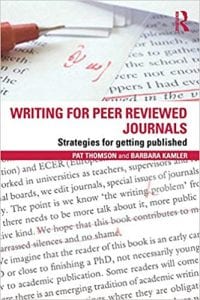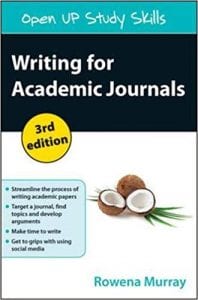(by Dr Shibabrat Naik, Research Associate, School of Mathematics)
To an early career researcher, a well composed scientific article certainly seems like one of those things where “you know it when you see it done” rings true. Joshua Schimel’s Writing Science demystifies this for the uninitiated by presenting actionable steps and breaking down the essential elements of a written scientific communication: maintaining structure and flow in the article, making an idea sticky, knowing the target audience, balancing jargon and technical terms. These steps and elements are illustrated using examples of texts on which appropriate corrective measures are taken which along with exercise problems make Writing Science a standout as a book on writing advice.
Very much like storytelling, the author emphasizes, a compelling scientific narrative’s lead actor is the research question where supporting role is played by the data, and the theme is the phenomena/mechanism under investigation. Schimel points out that the aim of a science writer is to go, and take the reader, from data to information to knowledge to understanding by listening to the data, while also paying close attention to the outliers and limitations of the methodology. In this sense, writing and doing science are complimentary acts, and rarely can deep thinking emerge without clear writing. I have come to see this in my own articles where arguments become crisper as I revise the prose. Of key importance is the author’s emphasis on revision, what he calls “prune the big limbs and then shake the dead leaves” approach, in going from the first draft to the submitted manuscript. Indeed, this happens in multiple rounds of back and forth changes in structure, content, flow, and language. To this end, the author points out, via corrections of example texts, what the revision process looks like.
Schimel goes further to unravel the practices that make an article page turner by keeping the audience engaged. This can be achieved by creating flow of concepts and logic, using active voice where possible, adopting action verbs, avoiding conversion of verb oradjective to noun. I would like to add here that a scientific communication benefits from careful graphics designed to aid the story, be it schematics that elucidate definitions or figures of main results that are intimately annotated and labelled. This is indeed captured in Joseph Pulitzer’s words in the opening of book’s chapter 20. I hope future editions include discussions on well composed graphics as an essential element of writing science.





